In this video I discuss the Future of Reality… What will be the Next Quadrillion Dollar Company in Tech.
Support me on Patreon: https://www.patreon.com/AnastasiInTech.
In this video I discuss the Future of Reality… What will be the Next Quadrillion Dollar Company in Tech.
Support me on Patreon: https://www.patreon.com/AnastasiInTech.
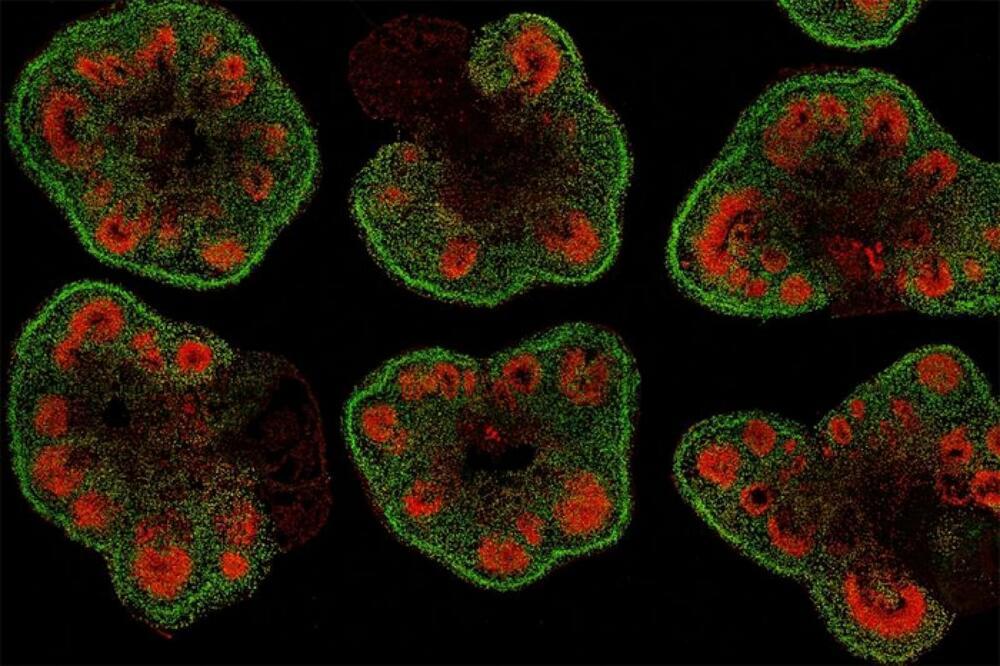
https://www.eurekalert.org/multimedia/959965
Researchers have been growing brain organoids for several years, but not all organoids are created the same. It can vary from lab to lab — and even from batch to batch — which means that a finding made in one organoid may not hold true in another.
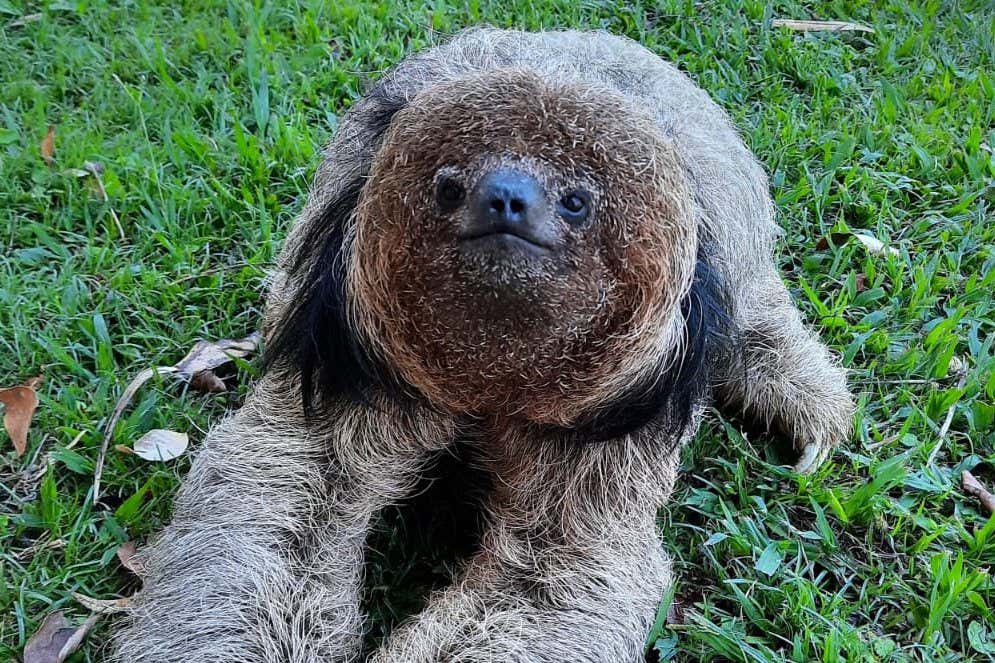
The world has one more sloth species in it than previously thought. Maned sloths live in a small belt of forest in Brazil and an analysis now suggests those in the south are a different species from those found farther north.
Three-toed sloths were conventionally thought to be divided into four species. One — the maned sloth (Bradypus torquatus) — sports a thatch of coarse, brown hair, making the head resemble a husked coconut.
Maned sloths were thought to be one species but a genetic and physical analysis suggests there are actually two.
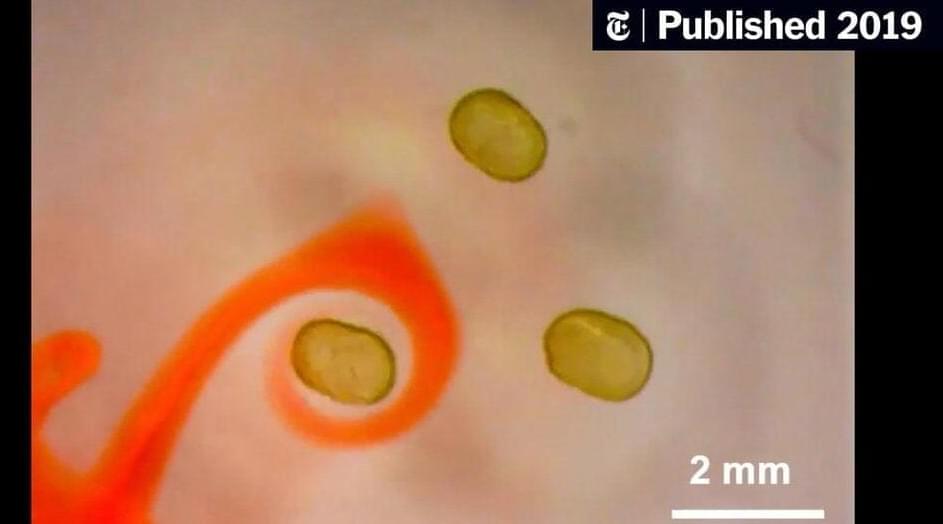
Circa 2019
Lodestone, a naturally-occurring iron oxide, was the first persistently magnetic material known to humans. The Han Chinese used it for divining boards 2,200 years ago; ancient Greeks puzzled over why iron was attracted to it; and, Arab merchants placed it in bowls of water to watch the magnet point the way to Mecca. In modern times, scientists have used magnets to read and record data on hard drives and form detailed images of bones, cells and even atoms.
Throughout this history, one thing has remained constant: Our magnets have been made from solid materials. But what if scientists could make magnetic devices out of liquids?
In a study published Thursday in Science, researchers managed to do exactly that.

For the cdc it could basically see the viral loads in the air and even map them globally to prevent viral outbreaks that are airborne or not.
Article Views are the COUNTER-compliant sum of full text article downloads since November 2008 (both PDF and HTML) across all institutions and individuals. These metrics are regularly updated to reflect usage leading up to the last few days.
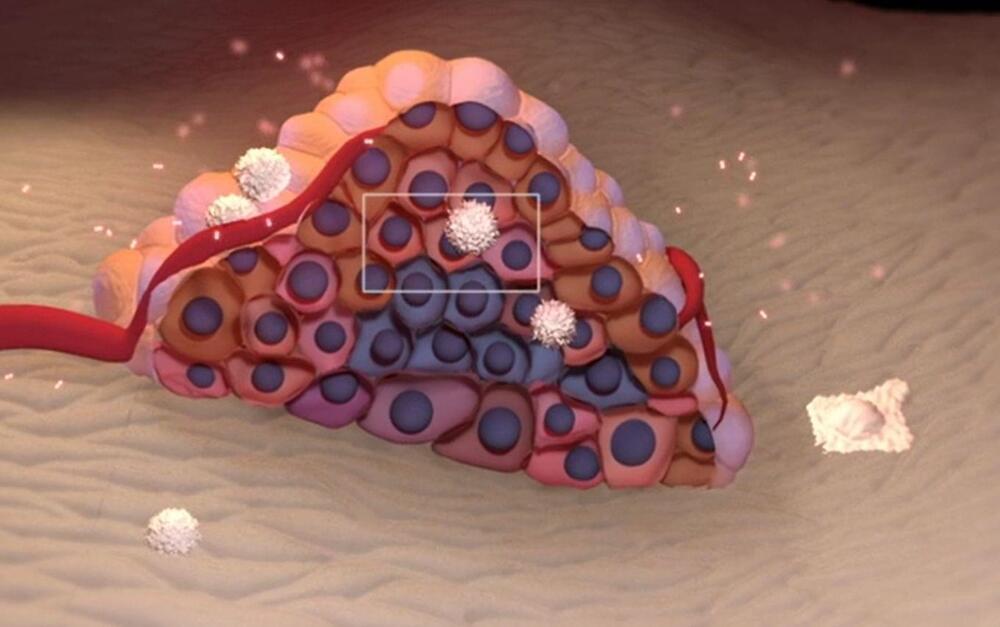
When cancer develops in the body, it begins with tumor cells that rapidly multiply and divide before spreading. But how are these nascent tumor cells able to evade the body’s immune system, which is designed to recognize and defend against such faulty cells? The answer to this long-unsolved topic may hold the key to more successful cancer treatments — medications that block tumors’ subversive moves and allow the immune system to do its job.
Researchers at Harvard Medical School have now discovered a mechanism through which tumor cells can disable the immune system, enabling the tumor to spread unchecked. The study, which was conducted primarily in mice and published today in Science, demonstrates that tumor cells with a certain mutation generate a chemical, known as a metabolite, that weakens adjacent immune cells, making them less capable of eliminating cancer cells.
The results underscore the crucial roles played by tumor metabolites in the deactivation of the immune system by malignancies. The findings also highlight the crucial part that the tumor microenvironment—the region around the tumor—plays in the development of cancer.

Block coding converts text-based software code into a visual block format. It helps reduce probable errors. It is used to construct games, apps, and other programs. Users just need to drag and drop visual block coding representations of text-based code into the code editor. Blocks are chunks of instructions a user leverages to create their invention. Sprites can move and turn themselves and other sprites. The sprite can be taken a few steps forward or turned by a few degrees. They can be moved to the right or left with just one block. Blocks are used to change the form of a sprite. They can make the sprite think or talk or do anything. It can dress them up differently or the scale or graphic effects of a sprite. Kids can also use sound blocks are add audio effects to a tale or game. They can also adjust sound effects by varying the pitch and changing the depth of different sounds.
Syntax-free programming
Block-based coding doesn’t involve complex syntax. You can focus on areas that seem more complex and need more attention. The best thing about syntax-free programming is that it helps avoid minor syntax errors.

Summary: Oxytocin, a hormone connected with bonding and love, could help to heal damage following a heart attack. Researchers found oxytocin stimulates stem cells from the heart’s outer layer and migrates into the middle layer where it develops into muscle cells that generate heart contractions. This could be used to promote the regeneration of heart cells following a heart attack.
Source: Frontiers.
The neurohormone oxytocin is well-known for promoting social bonds and generating pleasurable feelings, for example from art, exercise, or sex. But the hormone has many other functions, such as the regulation of lactation and uterine contractions in females, and the regulation of ejaculation, sperm transport, and testosterone production in males.

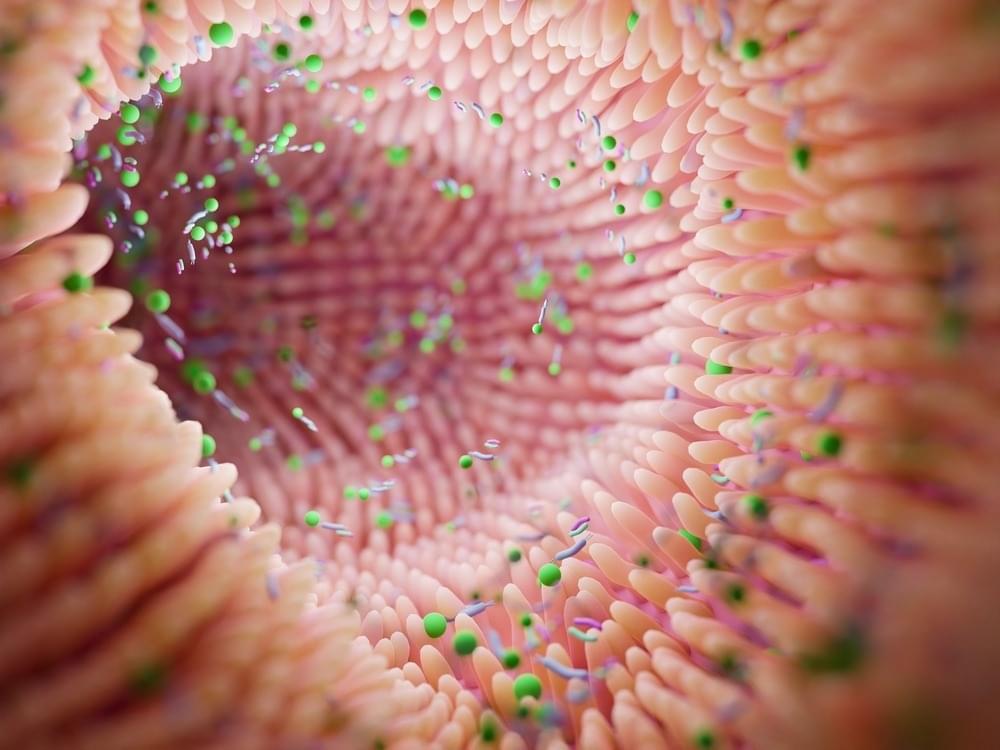
In a recent study published in The Lancet Microbe, researchers assessed the role of gut bacterial microbiome assembly and the gut mycobiome in relation to health, pathology, and clinical applications.
Studies have built a framework for investigating how gut fungi are connected to—or perhaps cause—different diseases and how to alter gut fungi to treat diseases by revealing the landscape of gut mycobiome composition in humans. Importantly, available mycobiome discoveries are not extensively applied to clinical practice, and gut fungi are still widely ignored in the context of treatments based on the microbiota.
According to studies conducted on mice, altering the intestinal fungi through oral administration of antifungal medications worsened allergic rhinitis and colitis, indicating that an imbalance in the gut mycobiome may play a role in the pathogenesis of intestinal as well as extra-intestinal diseases. Similar comparisons between the gut mycobiomes of healthy people and patients with various intestinal and extra-intestinal disorders have been documented in many studies.